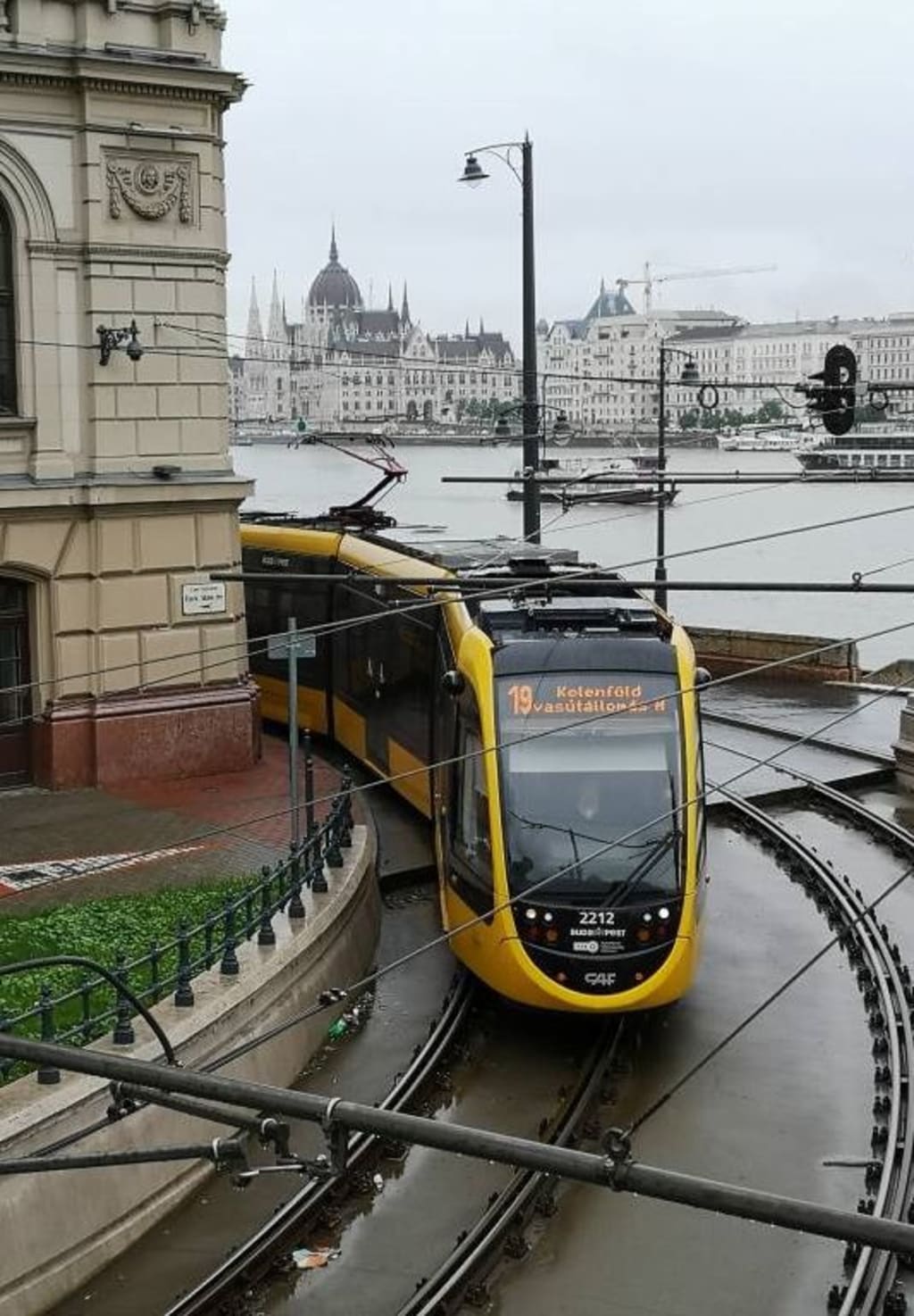Public Transport: Building Sustainable and Connected Communities
Public transports

Introduction:
Public transport plays a vital role in shaping sustainable and connected communities. It serves as the backbone of urban mobility, offering a cost-effective, efficient, and environmentally friendly alternative to private vehicle use. This article explores the significance of public transport in fostering sustainable development, reducing congestion, improving air quality, promoting social inclusion, and enhancing the overall quality of life in our cities.
Sustainable Development and Environmental Benefits:
Public transport is a key component of sustainable development. By encouraging the use of shared transportation modes, it helps reduce carbon emissions, mitigate traffic congestion, and minimize the environmental impact of urban mobility. Mass transit systems, such as buses, trams, and trains, have the potential to transport a large number of passengers simultaneously, significantly reducing the number of vehicles on the road. This leads to decreased fuel consumption, lower greenhouse gas emissions, and a more sustainable urban environment.
Congestion Reduction and Efficient Mobility:
One of the most pressing challenges in urban areas is traffic congestion. Public transport systems offer a solution by efficiently moving large numbers of people within a city. By providing convenient and reliable alternatives to private vehicles, public transport reduces the number of cars on the road, alleviates congestion, and decreases travel times. Efficient mobility not only benefits commuters but also enhances the productivity of businesses and stimulates economic growth by improving the flow of goods and services.
Improved Air Quality and Health Benefits:
The reliance on private vehicles contributes to air pollution, which has severe implications for public health. Public transport can significantly improve air quality by reducing emissions of pollutants such as particulate matter, nitrogen oxides, and carbon monoxide. Cleaner air leads to a healthier population, reducing respiratory illnesses and the associated healthcare costs. Moreover, public transport encourages physical activity as it often involves walking or cycling to access transit stations, promoting active lifestyles and combating sedentary behavior.
Social Inclusion and Accessibility:
Public transport is a lifeline for many individuals who do not have access to private vehicles, such as the elderly, persons with disabilities, and low-income communities. It enhances social inclusion by providing equal mobility opportunities and facilitating access to essential services, education, employment, and recreational facilities. Public transport networks that are well-planned and well-connected can bridge geographical and socioeconomic gaps, ensuring that all members of society can participate fully and equally in community life.
Cost-Effectiveness and Affordability:
Compared to private vehicle ownership, public transport is a cost-effective and affordable option for many individuals. The expenses associated with owning and maintaining a car, including fuel, insurance, parking fees, and maintenance, can be significant. Public transport allows people to save money on transportation costs, making it an attractive option for daily commuting. By providing affordable transportation alternatives, public transport enables individuals to allocate their resources towards other essential needs, such as housing, education, and healthcare.
Urban Planning and Livable Cities:
Public transport systems are intricately linked to urban planning and the creation of livable cities. Well-designed and integrated transport networks shape the layout and development of urban areas. They promote mixed land-use, compact city designs, and pedestrian-friendly environments. Public transport-oriented cities encourage vibrant public spaces, reduce urban sprawl, and create communities where people can live, work, and socialize without the need for extensive car use. Such cities foster a sense of community, enhance social interactions, and improve the overall quality of life for residents.
Conclusion:
Public transport is a vital component of sustainable and connected communities. Its benefits extend far beyond providing transportation options; it contributes to environmental sustainability, reduces congestion, improves air quality, promotes social inclusion, and enhances the overall well-being of individuals. As cities continue to grow and face increasing mobility challenges, investing in efficient and accessible public transport systems becomes crucial. Governments, urban planners, and communities must prioritize the development and expansion of public transport networks to build a more sustainable, equitable, and livable future.
About the Creator
Muqadas baloch
I am article writer and I am from pakistan subscribe me to keep updated from my newest stories.






Comments
Muqadas baloch is not accepting comments at the moment
Want to show your support? Send them a one-off tip.